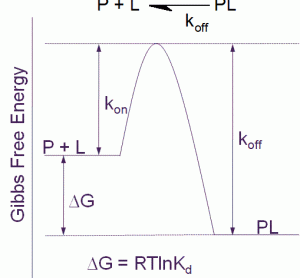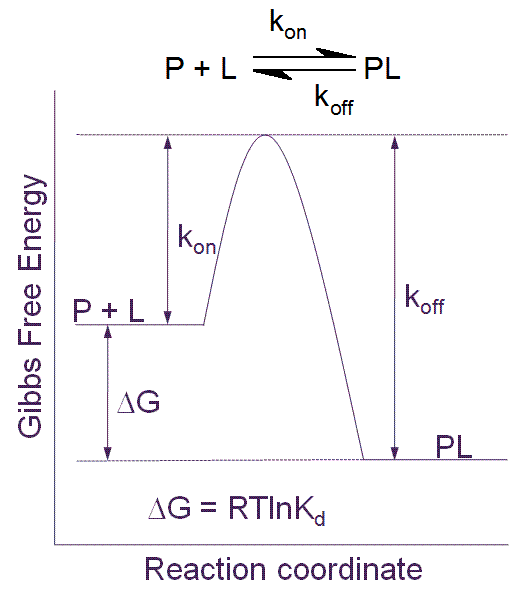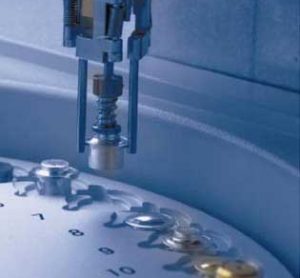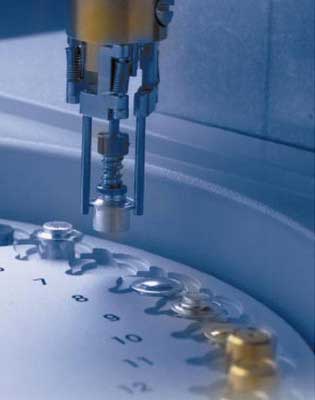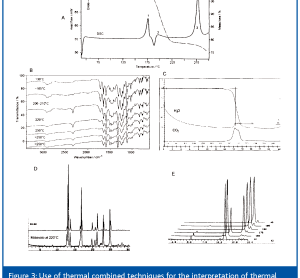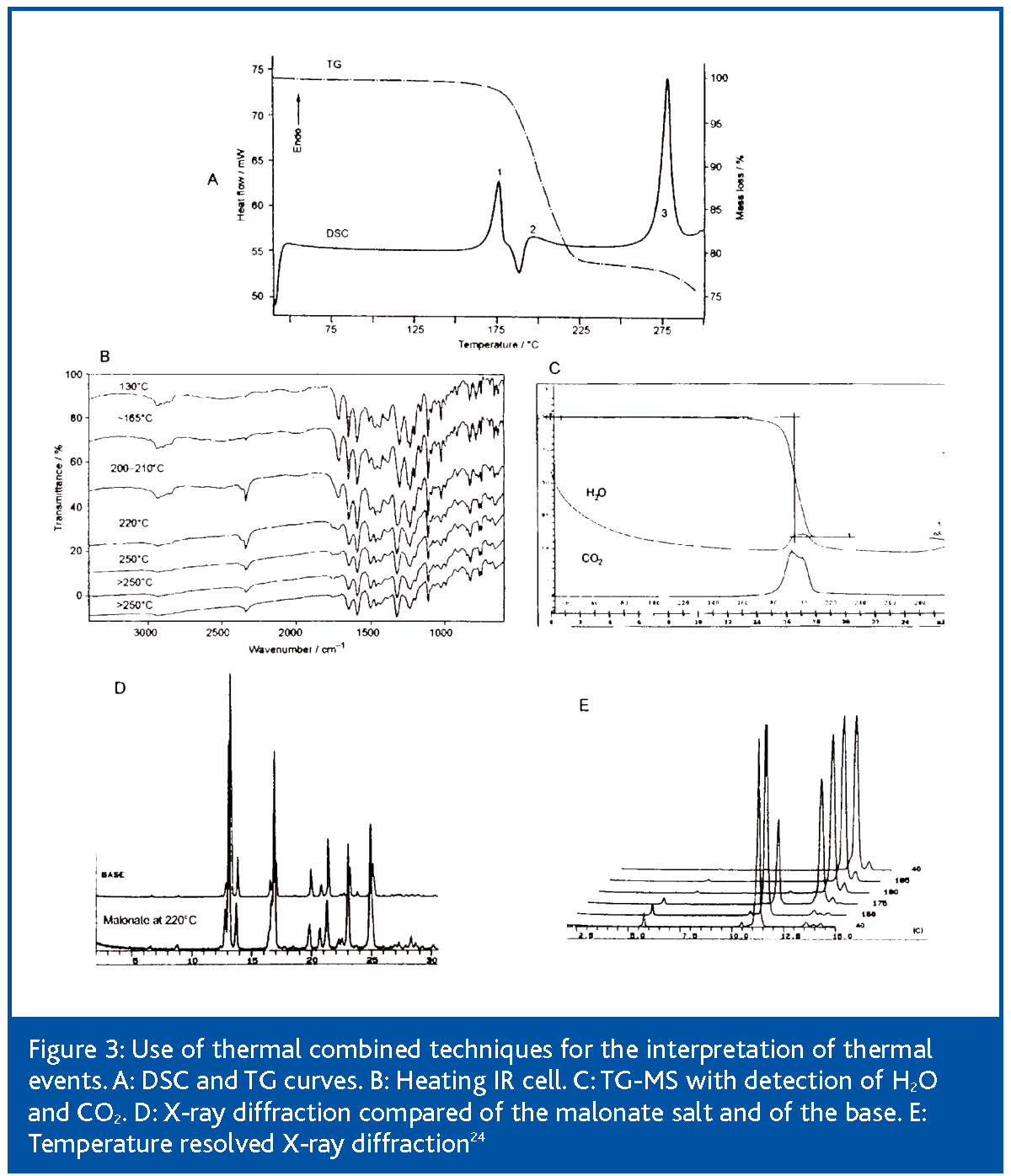Thermodynamics and kinetics driving quality in drug discovery
31 August 2011 | By Geoff Holdgate, AstraZeneca
Recently, there has been renewed interest in using thermodynamic and kinetic data, alongside empirical rules (particularly focused upon cLogP and molecular weight) and guiding metrics such as ligand efficiency and lipophilic ligand efficiency developed for fragments, leads and drugs in order to facilitate the design of compounds with a greater…



